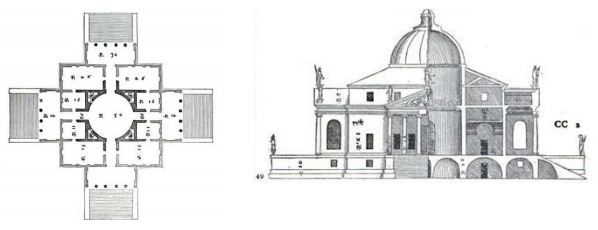
Test Na Vnimateljnostj Shuljte Onlajn
The aim of the study was to examine differences in CERAD test performances between cognitively intact and impaired PD patients. Materials and Methods. Eighty-eight PD patients participating in a rehabilitation course were studied. The Clinical Dementia Rating (CDR) was used to assess cognitive impairment. Write something about yourself. No need to be fancy, just an overview. No Archives Categories.
Blok pitaniya na lm317 s zaschitoj ot kz 1. 14:17 // Stekljannye Banki Optom img/img, v,.,..: 600 3., /.,.,.,.,.. Tverbaza.ru http://norsecodestudio.
Improper design or use of blood collection devices can adversely affect the accuracy of laboratory test results. Vascular access devices, such as catheters and needles, exert shear forces during blood flow, which creates a predisposition to cell lysis.
Components from blood collection tubes, such as stoppers, lubricants, surfactants, and separator gels, can leach into specimens and/or adsorb analytes from a specimen; special tube additives may also alter analyte stability. Because of these interactions with blood specimens, blood collection devices are a potential source of pre-analytical error in laboratory testing. Accurate laboratory testing requires an understanding of the complex interactions between collection devices and blood specimens. Manufacturers, vendors, and clinical laboratorians must consider the pre-analytical challenges in laboratory testing.
Although other authors have described the effects of endogenous substances on clinical assay results, the effects/impact of blood collection tube additives and components have not been well systematically described or explained. This review aims to identify and describe blood collection tube additives and their components and the strategies used to minimize their effects on clinical chemistry assays. Introduction Proper blood collection and timely processing are critical pre-analytical steps required for the integrity of laboratory results. Although the influence of blood collection devices on laboratory tests is often overlooked, correct pre-analytical handling is essential. However, many laboratorians do not carefully evaluate the suitability of new devices or monitor ongoing performance. In this review, we discuss how blood collection materials and devices can alter chemistry test results, with an emphasis on blood collection tube (BCT) additives. Blood collection device history Reusable glass syringes with steel hypodermic needles and a hard rubber hub were the first devices used to collect blood ().

Early modifications included a refined needle, replacement of the rubber hub with glass, and the Luer-Lok syringe, which modified the needle tip for a more secure attachment to the syringe and ensuring a more reliable and safer drug delivery (). Glass syringes were expensive to manufacture and were susceptible to breakage (); nevertheless, what ultimately prompted their replacement with sterile disposable syringes () were the multiple hepatitis outbreaks that resulted from their use (). Modern chemical sterilization techniques and radiation allowed the replacement of glass syringes by plastic syringes. Since the 1940s, evacuated BCTs have been the most commonly used blood collection devices, since they automatically draw a predetermined blood volume and switching between tubes for additional samples poses a lower risk of spillage and needle-stick injury (). Thus, the evolution of blood collection tubes have improved specimen quality and workflow efficiency as well as the safety of patients and health care workers. Glass evacuated tubes containing anticoagulants were commonly used from the 1950s to the 1990s (). Presently, plastic has replaced glass, and polymer gels and clot activators are common additives ().
Despite their similarity, evacuated tubes supplied by different manufacturers vary in the materials and additives used, which can potentially affect test performance (). In the United States, there are two major manufacturers of evacuated tubes: Becton Dickinson (BD) (Franklin Lakes, NJ, USA) and Greiner Bio-One (Monroe, NC, USA). Because BCTs function properly under most circumstances, many laboratorians are unaware of their complexity and limitations. A widespread surfactant (SF) problem revealed how these devices can adversely affect laboratory test results (,) and emphasized the importance of understanding device limitations. Tube walls Evacuated BCTs are generally cylindrical, measuring 50 mm to 150 mm in length and 10 mm to 20 mm in diameter (). Most tubes for adult clinical specimens are 75 mm to 100 mm in length and 13 mm in diameter, and collect 2 to 10 mL of whole blood (,). Micro-collection tubes for pediatric specimens are 40 to 50 mm in length and 5 to 10 mm in diameter ().